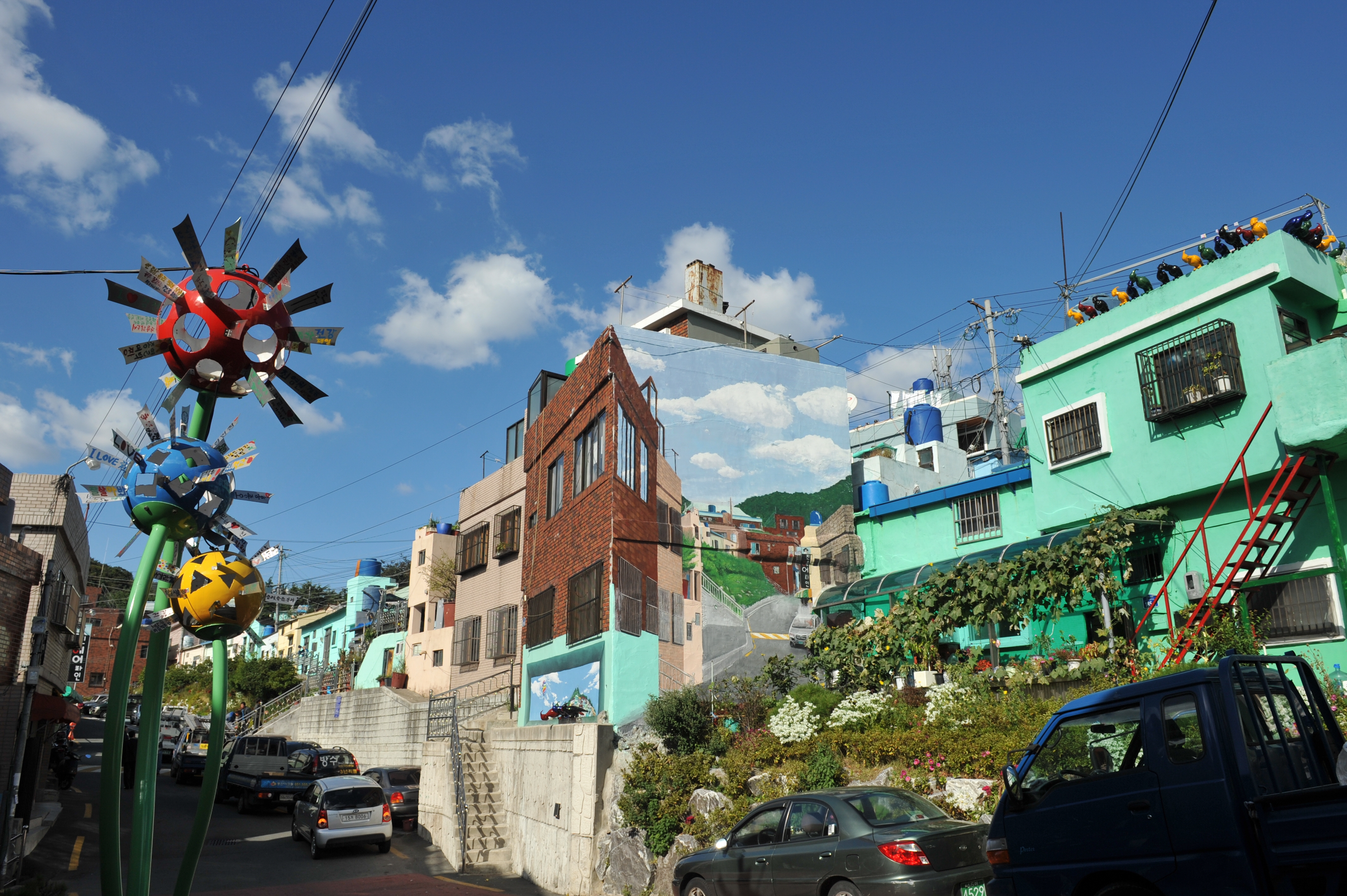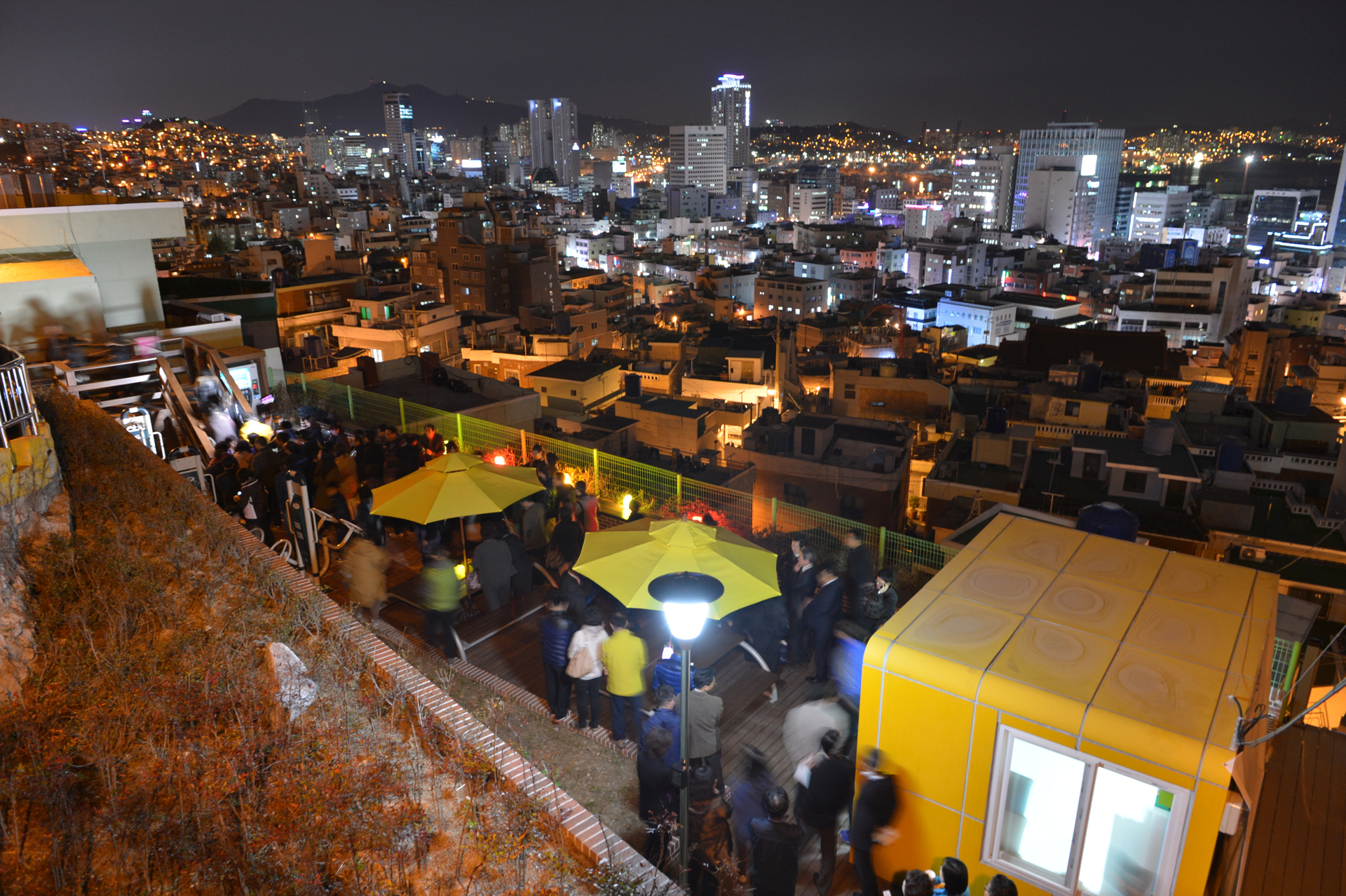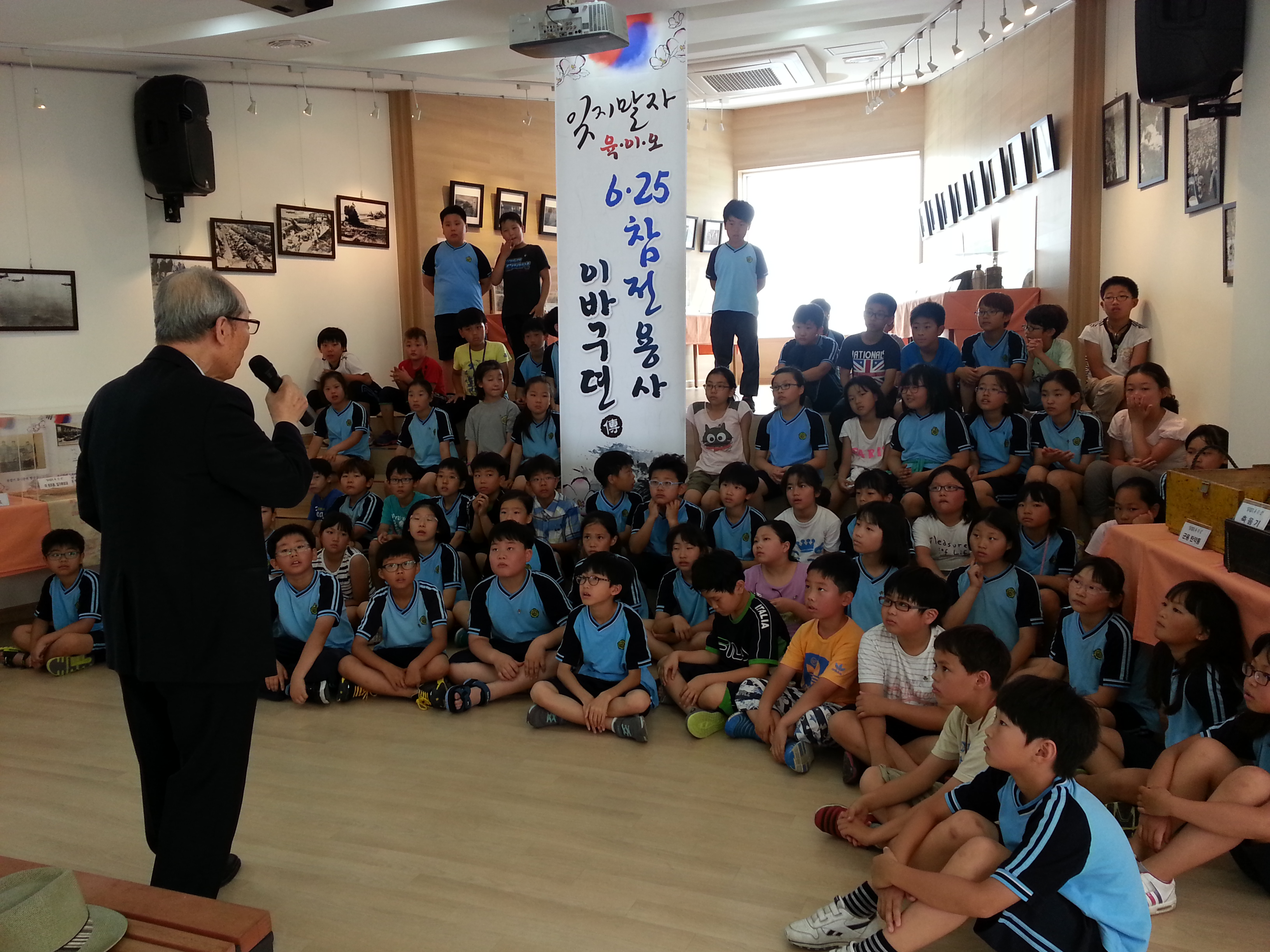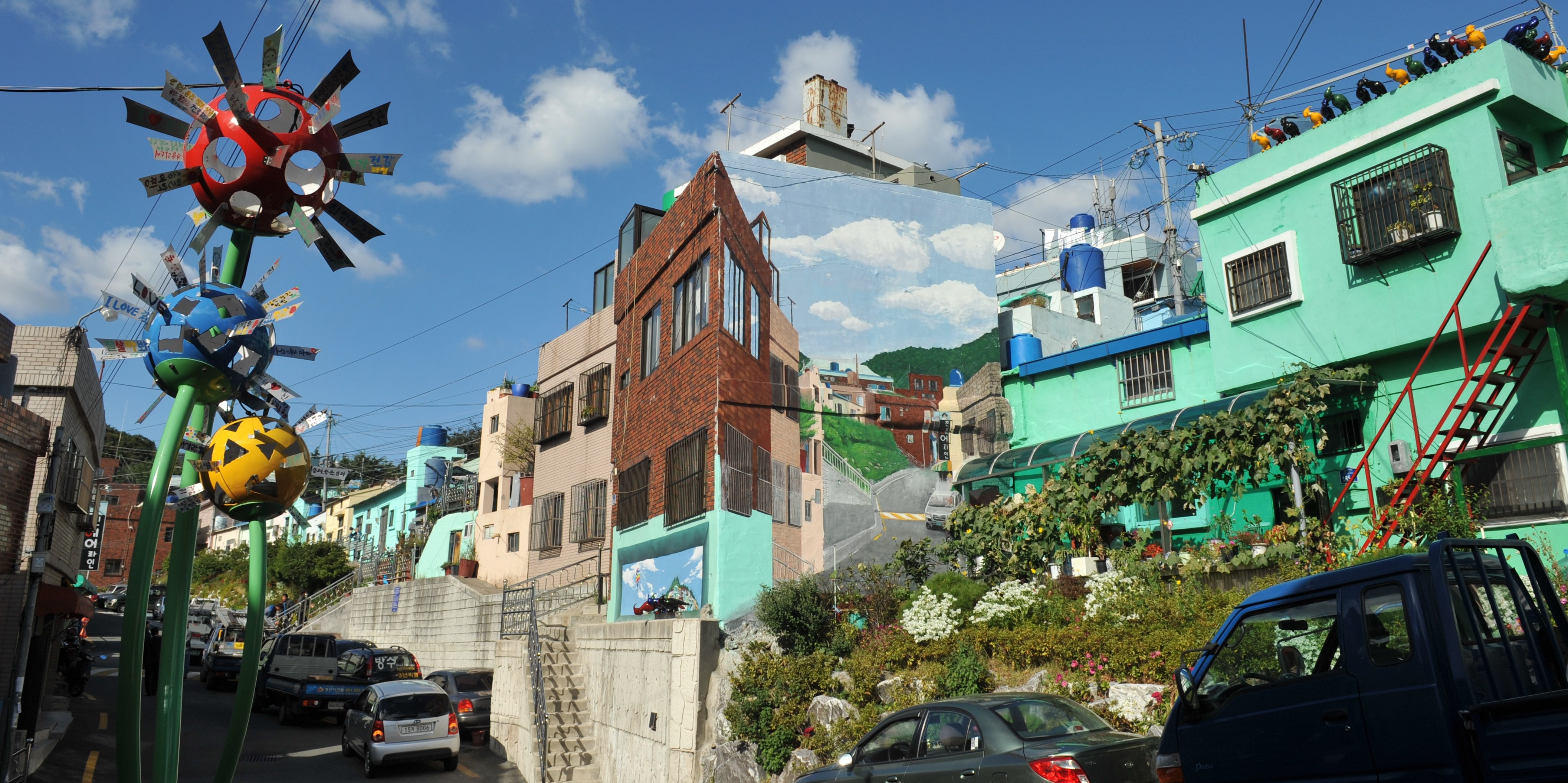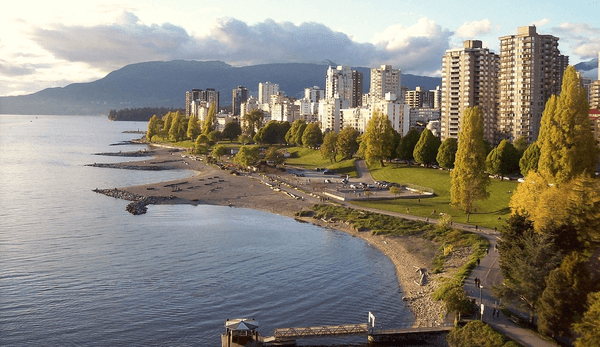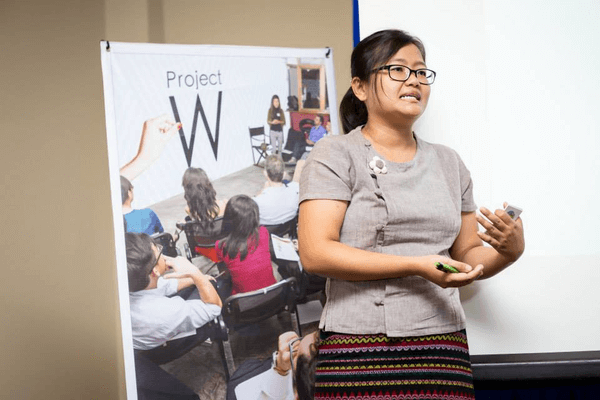Thirty unit projects and thirty eight unit projects were completed in 2011 and 2012 respectively.
1. Urban impact: New construction and improvement for the convenience of the residents
The economic polarization between the eastern and western parts of Busan is one major feature of the city: the majority of impoverished households and hillside residential areas are indeed concentrated is the western region where the former city core was once located. With the gradual relocation of the city´s downtown core to the east, the old downtown area rapidly declined and poor residents remained in the densely populated western region of Busan.
Sanbokdoro - which is the less-developed hillside area targeted by this project - used to host shanty towns and decrepit houses. Through the implementation of the project, new roads, sidewalks and stairs have been constructed as well as a new monorail, parking lot, rest places (public squares and public parks). Improvement work has been carried out on existing alleyways and on abandoned houses. Landscape lighting has also been installed thus reducing crime in the back streets.
These efforts led to increased convenience in walking and driving to and from the neighboring villages. The overall neighborhood environment has also been remarkably improved.
2. Economic impact: A cultural and artistic impulse serving the city´s appeal
Instead of forcing an increasing number of poor residents out, thus destroying the long-standing community living there, this project didn´t approach the slums from a negative perspective. The essence of these regeneration efforts was to incorporate story-telling and artistic expression into the physical environment of dilapidated areas to creatively utilize the space while preserving the identity of the town. And it succeeded, since Gamcheon Culture Village has become widely known as a success story because of its revitalized local community and economy:
- Abandoned houses once regarded as unpleasant fixtures have been turned into economically viable spaces creating profit for the town. The workroom, town café, restaurants, community farm and information center thus appearing have led to the creation of 570 jobs so far (274 in 2012 and 296 in 2013).
- Memorials and cultural facilities were dedicated in memory of celebrities who once lived or have any connection with the town. 10 studios for artists and 3 photo zones were established while 30 Korean Culture & Tourism guides were selected. Murals were painted and installation artworks were set up onto retaining walls which were once regarded as poorly maintained, filthy areas. As a result, the number of tourists per year increased from 30,000 in 2011, 100,000 in 2012 to 420,000 in 2013, thereby injecting KRW 45billion (USD 42,5 million) into the local economy. The residents themselves have been actively involved in the regeneration efforts by joining various cultural classes, publishing an oral history of the town and forming a mini orchestra and choir to present concerts.
3. Revival of communities through the active involvement of villagers
Villagers have increased their capacity to affect change:
A total of 33 resident councils were organized where professors, non-profit organizations and artists are participating as town planners and activists. Resident councils which were originally formed to participate in town planning processes have developed into cooperatives and non-profit corporations. Residents themselves have opened eight new community businesses, run six cooperatives as well as two incorporated associations. They have raised funds to become financially independent and address problems facing their communities. They are now planning to host various festivals and events while also operating local gardens that sell fresh produce. In addition village finances are used to fund local house repairs for the under-privileged.
A variety of education programs have been provided to the residents including a community business start-up school, town regeneration academy where 1,101 residents have participated thus far, business consulting services and the Sanbokdoro Forum. As a result, 9 start-ups are now up and running as community business activities are booming again. In addition 22 shops which were driven out of business reopened providing further momentum to the once stagnate local economy.
An online resident participation system featuring advanced tools for providing feedback was also introduced: the residents can review town-related data and material online and then post their own ideas and suggestions in order to contribute to their town´s development by using the website or smart phones application. By developing urban regeneration map services using a web-based GIS mapping application, information about the town and updates on projects are now regularly provided to residents online. Thanks to this technology, residents have been able to establish the foundation for an online decision making system, where they can share their ideas and provide feedback on project implementation and on the future decision of their towns.
Residents can obtain welfare information town news and other information through 17 media boards set up across the villages. For the elderly people who are not familiar with smart devices, RFID cards were distributed to help users get customized information when scanned on media board screens.

